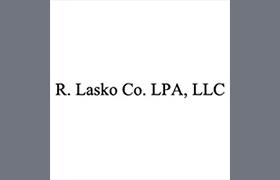 Malvern Bankruptcy & Debt Lawyers, Ohio
Malvern Bankruptcy & Debt Lawyers, Ohio
Sponsored Law Firm
-
 x
x

Click For More Info:
-
R. Lasko Co. LPA, LLC
1406 W 6th St STE 200, Cleveland, OH 44113» view mapBusiness, Estate, Real Estate, Employment Competent Legal Representation
Let R. Lasko Co. LPA, LLC handle all your legal needs today!
216-574-2602
Lawyers
<
41-50 of 65 matches
Personal Injury, Commercial Bankruptcy, Corporate, Criminal, Family Law
Real Estate, Litigation, Commercial Bankruptcy, Health Care Other
Family Law, Administrative Law, Collection, Personal Injury
Bankruptcy, Corporate, Estate Planning, Real Estate, Commercial Real Estate
Bankruptcy, Corporate, Family Law, Workers' Compensation, Environmental Law Other
Divorce & Family Law, Estate, Bankruptcy & Debt, Credit & Debt, Bankruptcy
Personal Injury, Collection, Estate Planning, Federal Appellate Practice, Litigation
Social Security, Family Law, Bankruptcy, Personal Injury



 Ronald Lasko Cleveland, OH
Ronald Lasko Cleveland, OH AboutR. Lasko Co. LPA, LLC
AboutR. Lasko Co. LPA, LLC